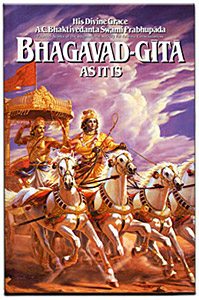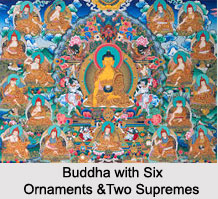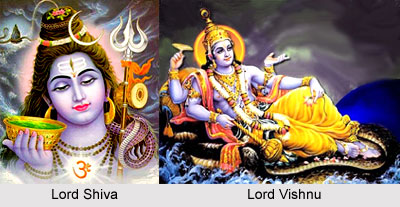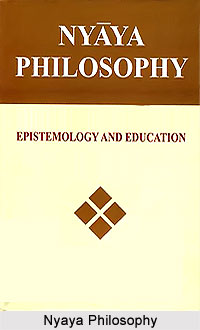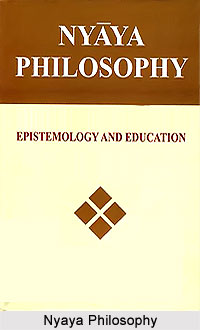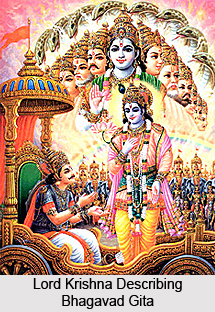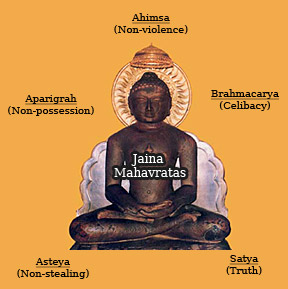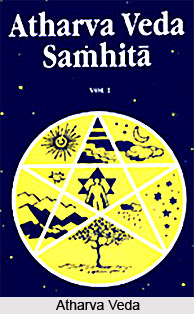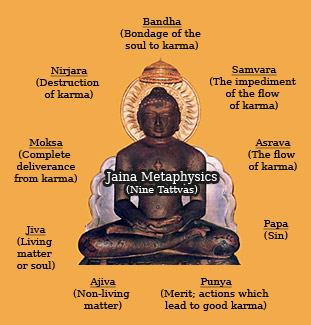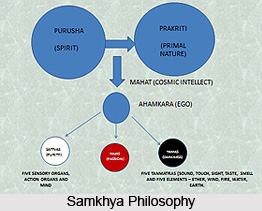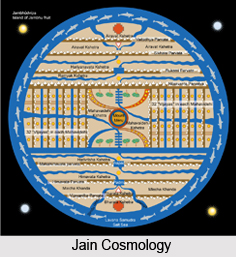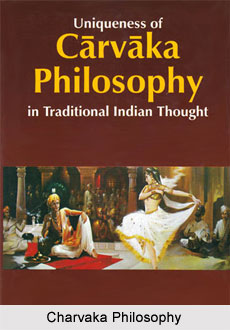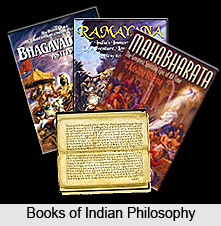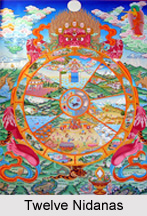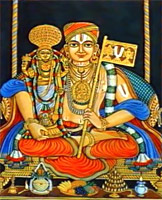Dhyana Bindu Upanishad deals with the exposition of the Absolute Brahman and the import of the Pranava, the Ajapa Hatnsa-vidya and the six-fold Yoga. Dhyana Yoga destroys all sins. Bijakshara is considered as the supreme Bindu. Nada or the spiritual sound is above it. Nada-less is supreme state.
One who has a firm mind and without delusion and ever resting in Brahman should see like the string all creatures in Atman. The Purusha depend for its existence on the body external and internal. The letter OM should be studied upon as Brahman by all who aspire for emancipation.
Prithvi, Agni, Rig-Veda, Bhuh and Brahma all are absorbed when Akara the first Amsa of Pranava OM becomes absorbed. Pranava is considered as the bow and the arrow is considered as the Atman and Brahman is the aim. One should aim with great care. The Vedas have Omkara as their cause. The Swaras also have Omkara as their cause.
The short (accent of OM) burns all sins, the long one is decayless and the bestower of prosperity. That man is the knower of the Vedas who knows that the end of Pranava should be worshipped. One should contemplate upon Omkara as Ishvara.
Brahma is the inspiration and Vishnu is cessation of breath and Rudra is said to be expiration. The Atman is the lower Arani and Pranava is the upper Arani.
Agni is in the middle of the moon; the Prabha is in the middle of Agni. One should meditate upon Lord Vasudeva as being seated upon the centre of Pitha.
This article is a stub. You can enrich by adding more information to it. Send your Write Up to content@indianetzone.com


